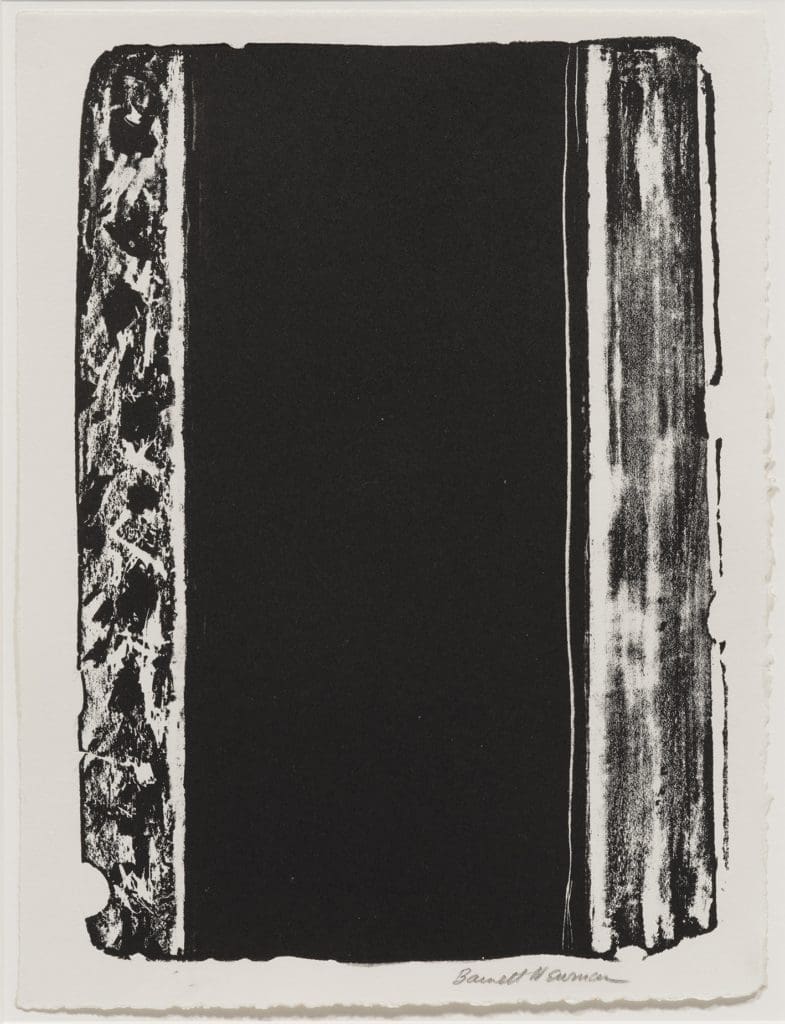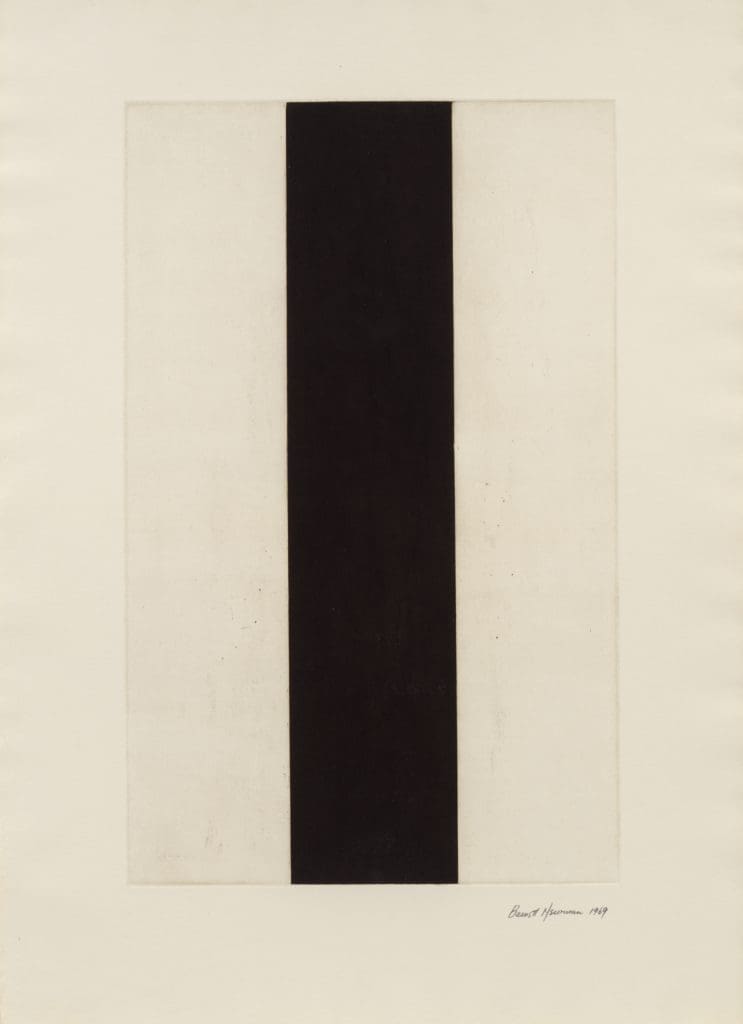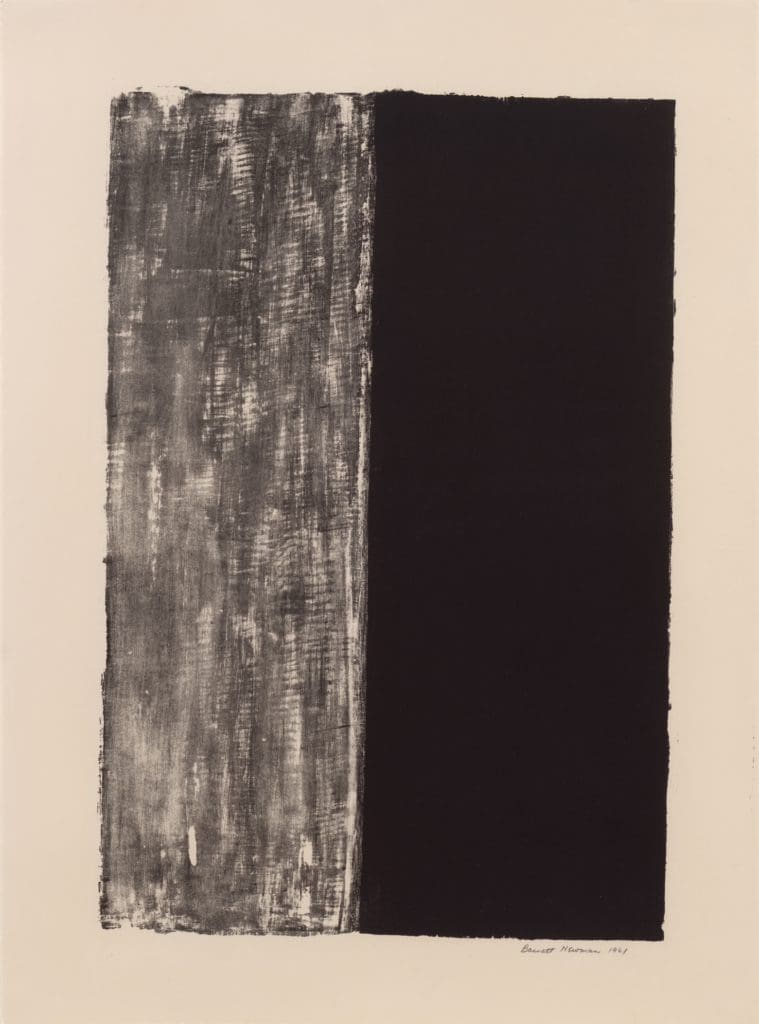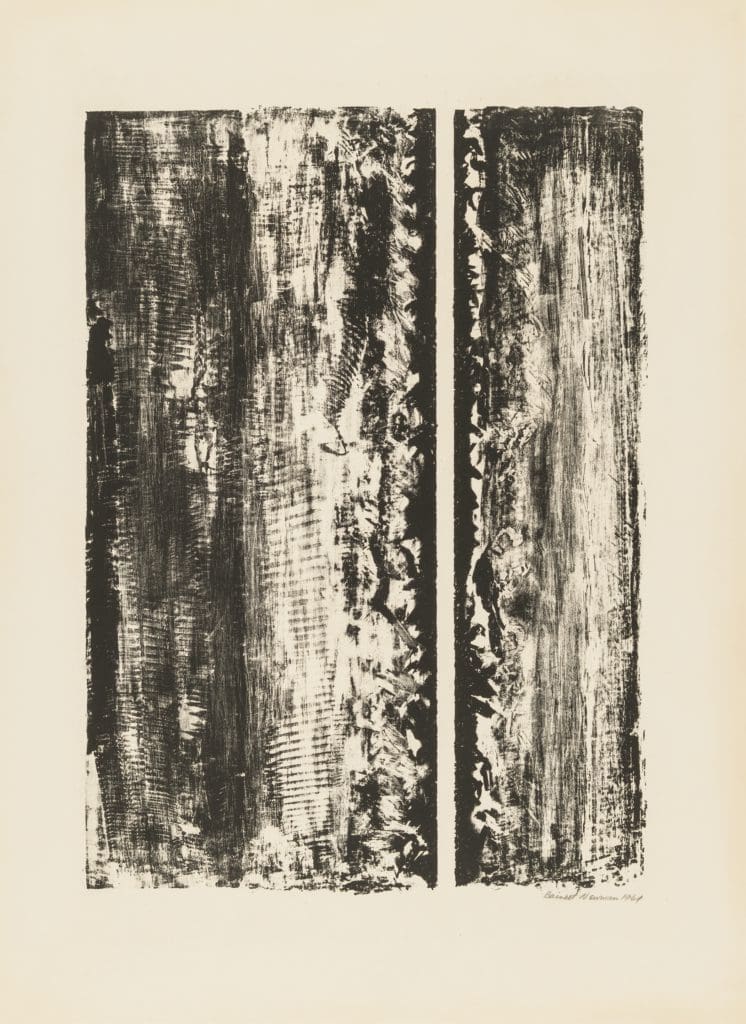Barnett Newman
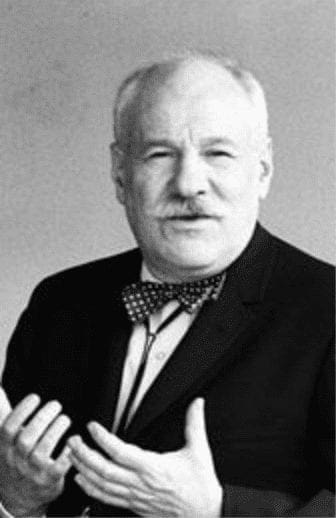
About Barnett Newman
Barnet Newman was born on January 29, 1905 in New York City, to Polish immigrant parents. Newman studied philosophy at City College of New York and initially worked in his father’s clothing manufacturing business. It was not until the 1930s that Newman began to seriously work as an artist. While initially an expressionist, Newman threw away this style and won acclaim as a major figure in the Abstract Expressionist movement. Newman was a prominent member of the Uptown Group, especially following the critical and financial success of his 1948 solo show at Betty Parsons Gallery. While he had some notoriety in his life time, his fame was largely overshadowed by Jackson Pollock, Mark Rothko, and Clyfford Still. Yet, today he is widely regarded to have been a precursor for and a much stronger influence on artists of the post painterly abstraction movement, such as Donald Judd and Frank Stella. The most iconic aspect of Newman’s works is his “zips.” Zips are thin vertical lines that separate larger areas of color within the painting. In Newman’s mature style, the zips are perfectly straight lines and help to define the spatial context of the work itself. While Newman is known for bright, vibrant colors in his paintings, he also created several darker works. Most of his work has some sort of theme or context, often originating from biblical narratives, and sometimes music. In addition to his career as a painter, Newman also created prints, mostly lithographs, as well as a few sculptures, notably Broken Obelisk outside of the Rothko Chapel in Houston, Texas. Newman died in New York in 1970 right when his importance as an artist was finally being understood, and today is celebrated as one of the greatest artists of the 20th century.


